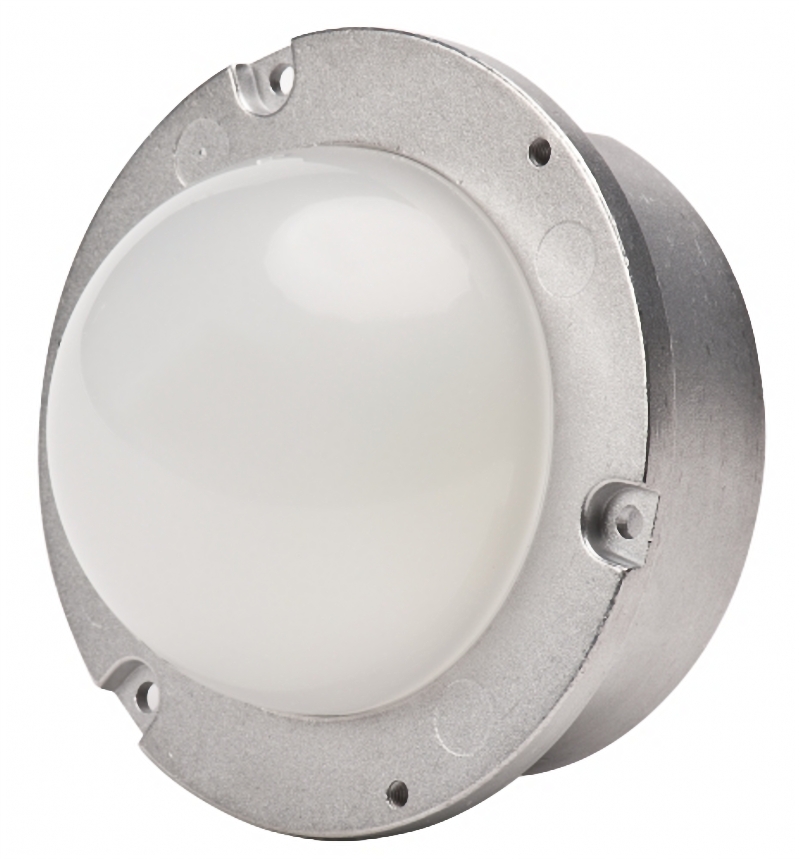Cree provides latest LED light engine with higher performance
24-04-2015

Cree has announced the next-generation LMH2+ modular LED light engine that LED light makers can easily design in to products such as LED downlights, surface-mount ceiling fixtures, pendants, track heads, and other applications. The module delivers as much as 125 lm/W in efficacy at the system level, and Cree said LED light system designs can hit levels in excess of 100 lm/W.
The LMH2 LED module family was first announced in late 2011 at lower lumen levels than what you will find today, but with 90-CRI capabilities from the beginnning. Over the past few years, Cree has increased the performance of their LED light engine, adding new family members and also adding features such as dim-to-warm functionality or what Cree calls Sunset Dimming.
The latest modular LED light engine delivers a 30% increase in performance for solid-state lighting (SSL) product designs, according to the announcement of Cree. The company will offer the LED light engine over the range of 1250–3000 lm at a choice of CCT over the 2700K–4000K range. Cree will offer 90-CRI color performance across the product line.
Cree has avoided support for industry-standard Zhaga form factors for its LED light modules. The company has said Zhaga adds cost and reduces flexibility in modular configurations.
With the LED light module family, Cree has repeatedly stressed that the goal is ease of development for LED light manufacturers with the modular LED light engine serving as a development option to separate and chip-on-board (COB) LEDs. The new product achieves higher performance. "Cree dedication to LED innovation is evident in the LMH2+," said Wesley Johnson, sales director, Hi-Lite Mfg. "This product is just what we are looking for to satisfy the higher efficacy requirements of our customers."
The new modular LED light engine can be used as a drop-in replacement for LED lights designed around the LMH2 family. Or the higher-performance module can allow manufacturers to shrink the form factor of LED lights designed with different sources.
It does appear that Cree may have changed course in how the new module is designed. The announcement said the module adpots "elements of Cree innovative SC5 technology platform." SC5 is the technology behind the company latest separate LEDs. The use of the word "element" in the description is same as the way the Cree has described its newest COB LEDs, so the newest module may be based on such LEDs.
We speculated earlier that Cree may have used a COB LED in the latest LMH2+ SSL module design. Cree, however, has confirmed that the module actually uses separeate LEDs just as were used in the earlier module. The design uses a combination of what Cree calls blue-shifted-yellow (BSY) LEDs combined with red LEDs to deliver high CRI at warm CCTs while also maintaining high efficacy — one of the approaches that the company has used in its TrueWhite lighting products that deliver high CRI.
While Cree has long offered COB LEDs, most of its lighting products have used separate packaged LEDs. That trend changed recently when the company announced a COB-based outdoor lighting targeted at rural applications. The trend towards COBs has accelerated especially as optics technology for the larger sources have improved.


